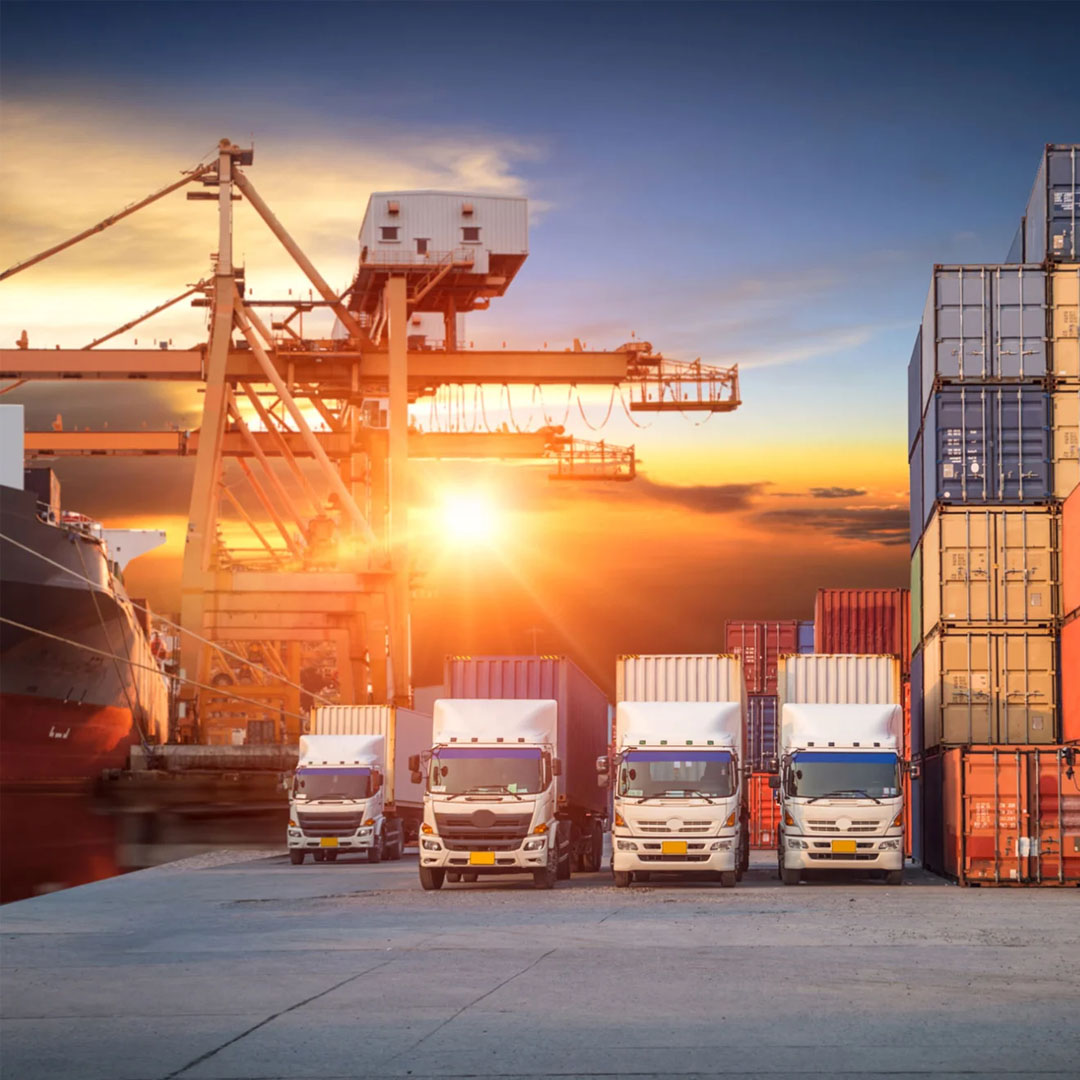Transports Unveiled: The Engines of Global Mobility
Transportation, a seamless web that connects the world, plays a pivotal role in defining how we live, work, and interact with our surroundings. It is the engine of global mobility, ensuring that people, goods, and ideas move seamlessly from one place to another. we will unveil the intricate tapestry of transports and their profound impact on global mobility, from the dawn of civilization to the modern era, exploring the innovations, challenges, and the ever-expanding horizon of transportation.
The Historical Journey of Transports: From Footpaths to Highways
The history of transports is a journey through time, from the humble footpaths of early civilizations to the bustling highways and airways of the modern era. Let’s take a glimpse at this historical voyage:
Ancient Paths: In the earliest human communities, people traversed paths created by nature. Footpaths and animal tracks were the lifelines, connecting villages, tribes, and trade routes.
Maritime Routes: As communities expanded, waterways, rivers, and seas became vital transportation arteries. Boats, ships, and canoes were early vessels of exploration and trade, shaping early empires and trade networks.
The Rise of Roads: The invention of the wheel marked a turning point in human history. Roads, often rudimentary dirt tracks, became essential for the movement of goods and people. Roman roads, for example, showcased the engineering prowess of the time.
The Age of Rails: The 19th century introduced railways, revolutionizing transportation with the speed and efficiency of steam-powered locomotives. They connected continents, enabling mass movement and facilitating the industrial revolution.
The Automobile Revolution: The 20th century heralded the automobile era, a game-changer in personal mobility. Cars provided freedom, flexibility, and a new dimension to personal exploration.
The Air Travel Revolution: The invention of the airplane reshaped global mobility. Air travel connected distant regions in mere hours, fostering globalization and tourism.
The Digital Age and Transports: Technology Meets Mobility
In the digital age, technology and transportation have merged to create a seamless web of mobility. Here’s how:
Digital Maps and Navigation: GPS technology and digital mapping have made travel more accessible and efficient. Mobile apps help travelers find routes, plan itineraries, and access real-time traffic updates.
E-Tickets and Mobile Check-Ins: Paper tickets and lengthy check-in processes have given way to e-tickets and mobile check-ins. Travelers can breeze through airports with a smartphone.
Ride-Sharing and Shared Mobility: Services like Uber and Lyft have disrupted the traditional taxi industry, offering convenient and cost-effective options for personal transport.
Electric Vehicles (EVs): The shift toward electric vehicles is redefining personal and public transport. EVs promise eco-friendly mobility with reduced emissions.
The Challenges of Modern Transportation: Sustainable Mobility and Congestion
While the modern transportation system has brought incredible conveniences and global connectivity, it also poses challenges:
Congestion: Urban areas grapple with traffic congestion, impacting productivity and air quality. Innovative solutions, such as high-speed rail and autonomous vehicles, aim to address this issue.
Environmental Impact: The environmental impact of transportation, from CO2 emissions to oil dependency, calls for sustainable alternatives, such as electric and hydrogen-fueled vehicles.
Infrastructure Development: The need for upgraded infrastructure and transportation networks, including the expansion of high-speed rail and the integration of AV technology, is crucial for addressing future mobility challenges.
Safety: Autonomous vehicles promise safer travel with advanced sensors and real-time data, but ensuring public trust and addressing potential issues remain critical.
The Future of Transportation: Innovation and Connectivity
The future of transportation is both exciting and transformative. Here are some trends shaping the future:
Electric Vehicles (EVs): EV technology continues to evolve, providing eco-friendly transport options. Battery advancements, longer ranges, and rapid charging are key areas of development.
Autonomous Vehicles (AVs): The development of autonomous vehicles is poised to revolutionize personal and commercial transportation. Safety, regulatory frameworks, and public acceptance will be focal points.
High-Speed Rail: High-speed rail networks are expanding, offering efficient and eco-friendly alternatives for intercity travel.
Hyperloop and Maglev Technology: Innovations like the Hyperloop and maglev technology could enable ultra-fast transportation, revolutionizing long-distance travel.
Sustainability: The pursuit of sustainable transportation options, from eco-friendly fuels to green infrastructure, will remain a priority.
Conclusion: Transports Unveiled and the Ongoing Odyssey of Mobility
Transports are the engines of global mobility, shaping how we connect, explore, and evolve as a global society. They’ve accompanied us on a historical journey, from the dirt roads of early civilizations to the sleek highways and airways of the digital age.
As we unveil the intricate tapestry of transports, it becomes clear that the future of mobility is poised for remarkable innovations. Electric vehicles, autonomous transportation, high-speed rail, and sustainable practices will define the way we move forward.
Transportation is not just about moving from one place to another; it’s about the ongoing odyssey of mobility, connecting people, ideas, and goods in a world that continues to expand its horizons. It’s about the unceasing journey of humanity, with transports as our trusted companions in the ever-changing landscapes of exploration and connection.






